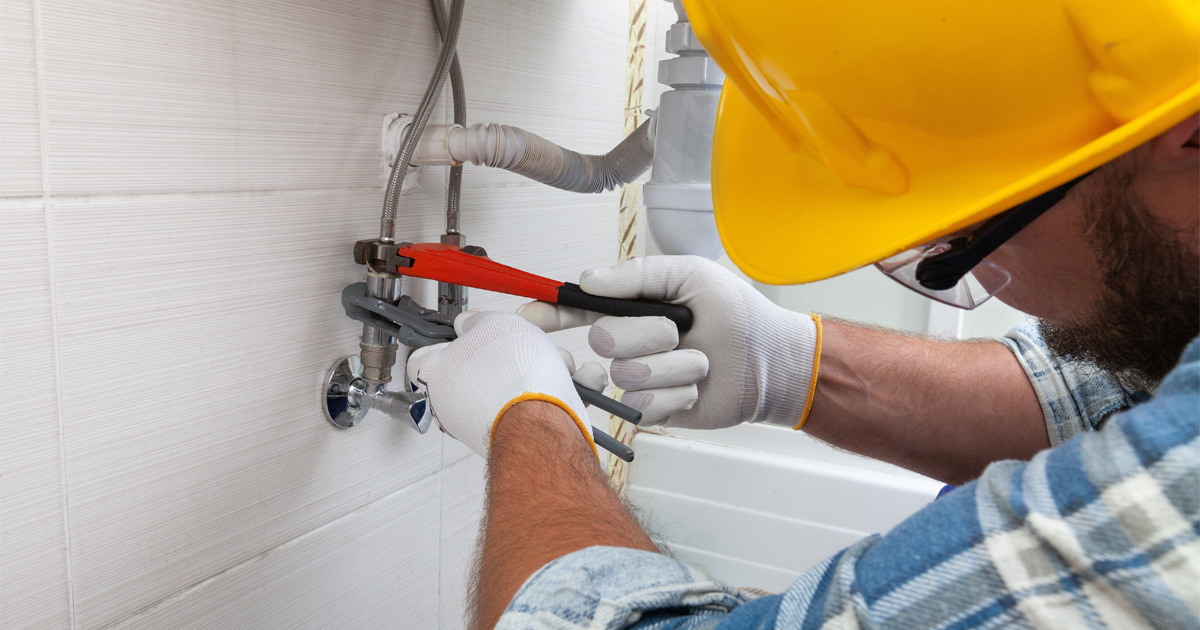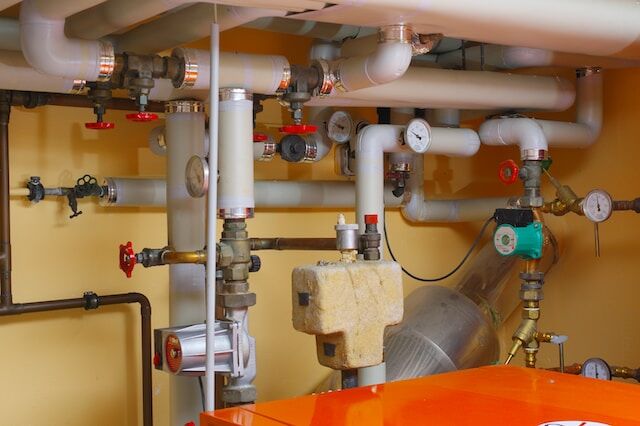Understanding the Foundations of Home Plumbing: A Beginner's Primer
WebsiteAre you trying to locate information involving Understanding the Basics of Your Home's Plumbing System?

Plumbing is a crucial facet of any kind of home, in charge of supplying tidy water for drinking, cooking, and showering, in addition to removing wastewater safely. Recognizing the essentials of home plumbing is important for every single property owner to make sure proper upkeep, troubleshooting, and, if essential, repair services. In this beginner's overview, we'll cover the basic concepts of home plumbing to aid you become much more accustomed to just how it works.
Water Heater
The water furnace is in charge of home heating water for residential use, consisting of showering, cooking, and cleansing. Typical kinds of hot water heater consist of tank-type hot water heater, tankless (on-demand) hot water heater, and heat pump hot water heater. The hot water heater is attached to the water supply system and provides warm water to plumbing components as required.
Drainage System
The drainage system removes wastewater from your home and lugs it away to a sewage therapy facility or septic system. It consists of a network of pipes, fittings, and fixtures that move wastewater from plumbing components to the major sewage system line or septic system. Proper drain is essential to prevent blockages, backups, and sewage leaks.
Air flow System
The air flow system assists maintain proper air pressure and avoid drain gases from entering your home. Air vent pipes, likewise called vent stacks, expand from plumbing fixtures to the roofing, permitting sewer gases to escape safely outdoors. Ventilation pipes additionally allow air to get in the drain system, facilitating smooth wastewater circulation and avoiding suction or vacuum effects.
Water System System
The water system system brings clean water into your home from a metropolitan water source or a private well. It includes a primary water line that links to your home's plumbing system, generally located underground. A water meter gauges the amount of water consumed, while a shut-off valve permits you to regulate the circulation of water right into your home.
Plumbing Components
Plumbing fixtures are tools that provide water to numerous parts of your home and consist of sinks, taps, bathrooms, showers, tubs, and appliances such as dishwashers and washing devices. Each component is attached to the supply of water system by means of pipes and fittings and might have its shut-off valve for upkeep or emergency situations.
Common Plumbing Devices
Having the right devices accessible is vital for doing standard plumbing repair work and maintenance jobs. Typical plumbing tools consist of adjustable wrenches, monkey wrench, pliers, pipeline cutters, hacksaws, bettors, augers (or drain snakes), and Teflon tape. Having these devices conveniently available can aid you take on minor plumbing issues successfully.
Fundamental Plumbing Repair Services
While some plumbing repair services may require specialist assistance, many typical concerns can be attended to with basic do it yourself methods. Discovering how to fix a leaky faucet, unblock a drain, change a toilet flapper, or repair a leaking showerhead can conserve you time and money on plumbing repairs.
Final thought
Comprehending the essentials of home plumbing is crucial for every single home owner to maintain a safe, useful, and efficient plumbing system. By familiarizing yourself with the water system system, plumbing components, water drainage system, ventilation system, common plumbing devices, and standard repair work, you can with confidence resolve small plumbing issues and guarantee your home's plumbing system operates efficiently.
Plumbing for Beginners: A Comprehensive Guide
If you’re a beginner when it comes to plumbing, don’t worry; you’re not alone. Plumbing may seem intimidating, but with the right knowledge and a little practice, you can handle many common plumbing issues on your own. In this comprehensive guide, we will demystify the world of plumbing for beginners, providing you with the basic knowledge and skills needed to tackle common plumbing problems and even take on some DIY plumbing projects.
The Importance of Basic Plumbing Knowledge for Beginners:
First and foremost, basic plumbing knowledge gives you a solid foundation. It helps you grasp the key concepts and terminology that are essential in this field. By learning the basics, you’ll be able to build upon that knowledge and tackle more complex plumbing tasks in the future.
Having a basic understanding of plumbing also enables you to handle common issues that may arise in your home. Picture this: a leaky faucet or a clogged drain. With some basic plumbing knowledge, you’ll have the confidence to troubleshoot and fix these problems on your own. It saves you from unnecessary expenses and the hassle of waiting for a professional to arrive.
As a beginner, learning the basics of plumbing empowers you to take care of your own home. It gives you a sense of independence and self-reliance. You’ll no longer have to rely solely on professionals for every small issue that pops up. Instead, you can handle many tasks yourself, saving time and money in the process.
Remember, everyone starts as a beginner. Embrace the learning process and take small steps to expand your plumbing knowledge. There are plenty of online resources, tutorials, and even local workshops that talk about plumbing for beginners.
Essential Tools for Plumbing for Beginners
As you start your plumbing journey, having the right tools in your toolbox is crucial. Let’s explore some of the must-have tools:
Adjustable Wrench:
This versatile tool is a staple in any plumber’s toolbox. It allows you to tighten or loosen nuts and bolts of various sizes. Make sure to have an adjustable wrench with a comfortable grip.
Pipe Wrench:
A pipe wrench is specifically designed for gripping and turning pipes. It has serrated jaws that provide a strong grip, making it easier to loosen or tighten threaded pipes and fittings.
Plunger:
The plunger is a simple yet effective tool for clearing clogged drains and toilets. It creates suction when you push and pull, helping to dislodge blockages. Keep a good-quality plunger handy for those unexpected clogs.
Pipe Cutter:
When it comes to cutting pipes, a pipe cutter is your go-to tool. It creates clean, precise cuts without damaging the pipe. Look for a pipe cutter that can handle the pipe sizes you’re working with.
Hacksaw:
A hacksaw is useful for cutting through pipes, screws, and other materials. It’s a versatile tool that can handle different cutting tasks. Remember to use a blade suitable for cutting metal.
Tape Measure:
Accurate measurements are crucial in plumbing. A tape measure allows you to measure pipe lengths, distances, and dimensions accurately. Opt for a sturdy tape measure that extends a good length.
Pliers:
Pliers come in handy for various tasks, such as gripping, bending, and cutting. Slip-joint pliers with adjustable jaws are great for gripping pipes, nuts, and bolts.

I'm very eager about Plumbing basics: How your home plumbing works and I hope you liked our post. Appreciated our content? Please share it. Let somebody else find it. Many thanks for your time spent reading it.
Get An Estimate